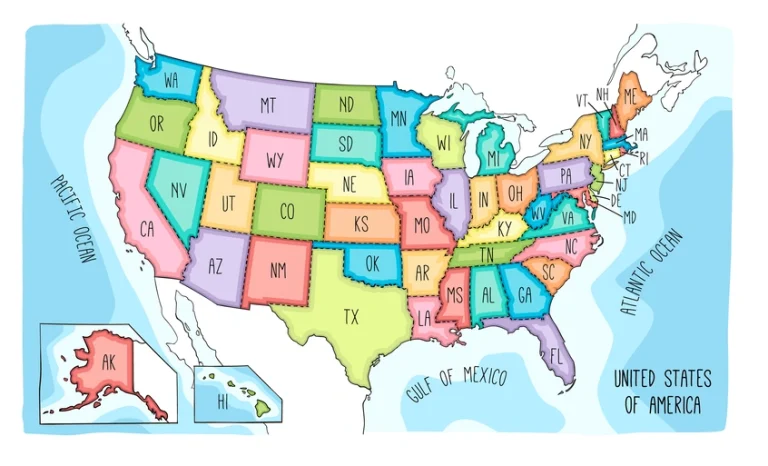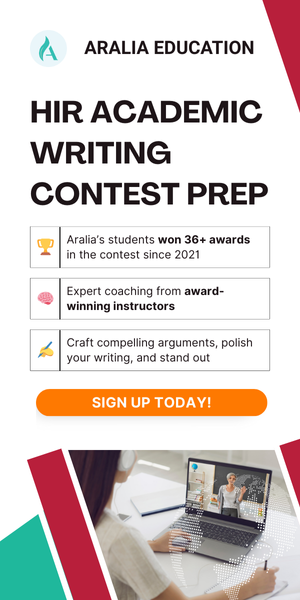According to the latest report from U.S. News, education planning experts recommend that students take advantage of the summer months to complete several items on the college application checklist. By doing so, you can efficiently finish your college applications and reduce the stress that often accompanies the busy final year of high school and the approaching fall and winter application deadlines.
We recommend selecting tasks based on your individual needs to make the most of your summer!
1. Finalize Your College List
The first college application checklist is to. finalize your college list. Experts advise students to spend the summer researching various colleges and universities. Start by creating a balanced list of colleges that includes dream schools, reach schools and safety schools. Research each institution thoroughly, considering factors like academic programs, campus culture, and location. Experts recommend applying to 4 to 15 schools, but you can adjust this number based on your background, goals, and the schools’ admission requirements. College Board, however, recommends applying to 5 to 8 colleges. Data shows that the average number of applications per student has risen from 5.8 in 2015 to 7 in 2021.
Don’t forget to explore early decision and early action options, as applying early can boost your chances of acceptance.
2. Visit College Campuses
Summer is an excellent time for students and parents to visit college campuses. If possible, tour schools in person to get a feel for the facilities and environment, as well as to explore student life, academics, and campus resources. Before visiting, research the schools and prepare questions to maximize your time on campus.
Many colleges have reopened for in-person tours, while others continue to offer virtual tours on their websites. We recommend exploring the websites of your target schools to take advantage of these resources and gain deeper insights into each institution.

3. Polish Your Application Materials
The Common Application is a platform used by many students to apply to U.S. colleges. Most schools open their applications on August 1 each year, so use the summer to draft your main essay and brainstorm ideas for supplemental essays. In addition to discussing ideas with peers, leverage resources like school counselors or teachers to get a head start before senior year begins.
When writing your essay, highlight your unique qualities or achievements to stand out from other applicants. Experts recommend reflecting on your past experiences, such as your accomplishments during school or previous summers, to help identify your strengths.
Also, don’t forget to check school websites for updates on application requirements regularly.
4. Secure Recommendation Letters
Recommendation letters are a crucial part of the application process. Identify teachers, coaches, or counselors who know you well and can speak to your strengths.
Since many teachers are often inundated with recommendation requests during senior year, approach them early in the summer to give them ample time to write a thoughtful letter. Be sure to provide them with your résumé or a list of accomplishments to help them craft a compelling recommendation.
Different schools have varying requirements for the number of recommendation letters, so be sure to check each school’s website for specifics.
5. Research Scholarships
While some scholarship applications may not open until the fall, students can still start researching potential opportunities that align with their background, interests, and achievements during the summer. Websites like U.S. News and scholarship databases can be valuable resources for finding opportunities.
6. Prepare for Standardized Tests
Although the importance of standardized tests like the SAT and ACT has decreased in college admissions, some schools still require or recommend them. While many students take these exams during 11th grade, others opt to take them in 12th grade.
If you plan to take the SAT, ACT, or other standardized tests during your senior year, use the summer to study and prepare. This is an ideal time to study without the distractions of a busy school schedule.
Create a study schedule, take practice tests, and focus on areas where you need improvement. Check each school’s testing policies to determine whether submitting scores is required or optional.
7. Start Filling Out Application Information
As mentioned earlier, most schools open their applications on The Common Application on August 1, though some may open later. Create accounts on application platforms like The Common Application and the Coalition Application. Begin filling out your personal information, academic history, and extracurricular activities. This will save you time when applications officially open and help you identify any missing information or documents.
8. Create an Application Checklist
Stay organized by creating a detailed checklist to track your progress. Include tasks like requesting transcripts, submitting test scores, and meeting application deadlines. The College Board offers a helpful checklist that you can adapt to your needs. Regularly update your checklist to ensure you’re on track and don’t miss any critical steps.
Here is a sample college application checklist to help you get started:
- Create a balanced list of reach, match, and safety colleges.
- Get the application details for each school.
- Note the regular application deadlines.
- Note the early application deadlines.
- Request your high school transcript to be sent.
- Request your midyear grade report to be sent.
- Confirm whether admission tests are required.
- Take other required or recommended tests (e.g., AP Exams, IB exams).
- Request recommendation letters.










